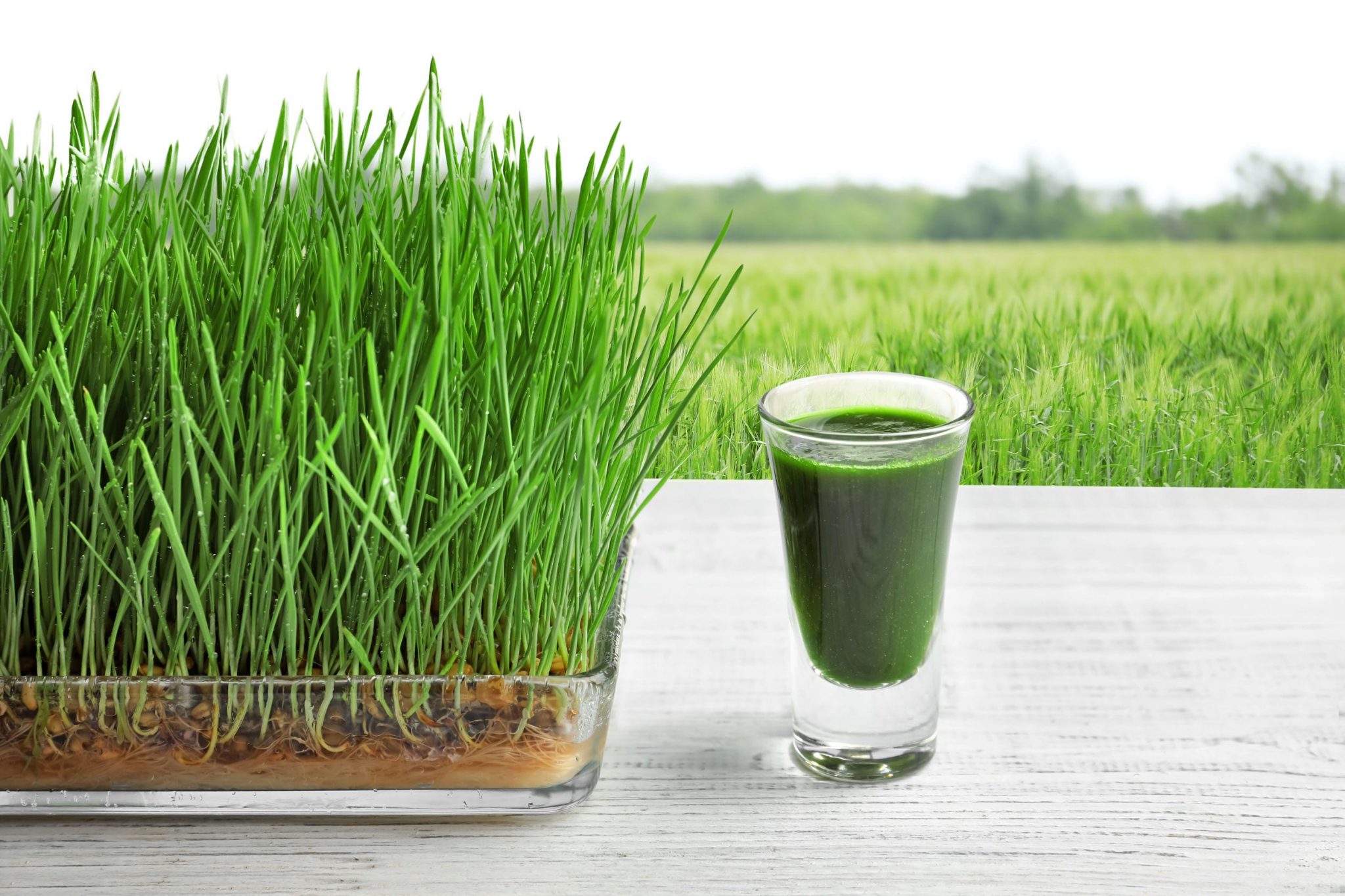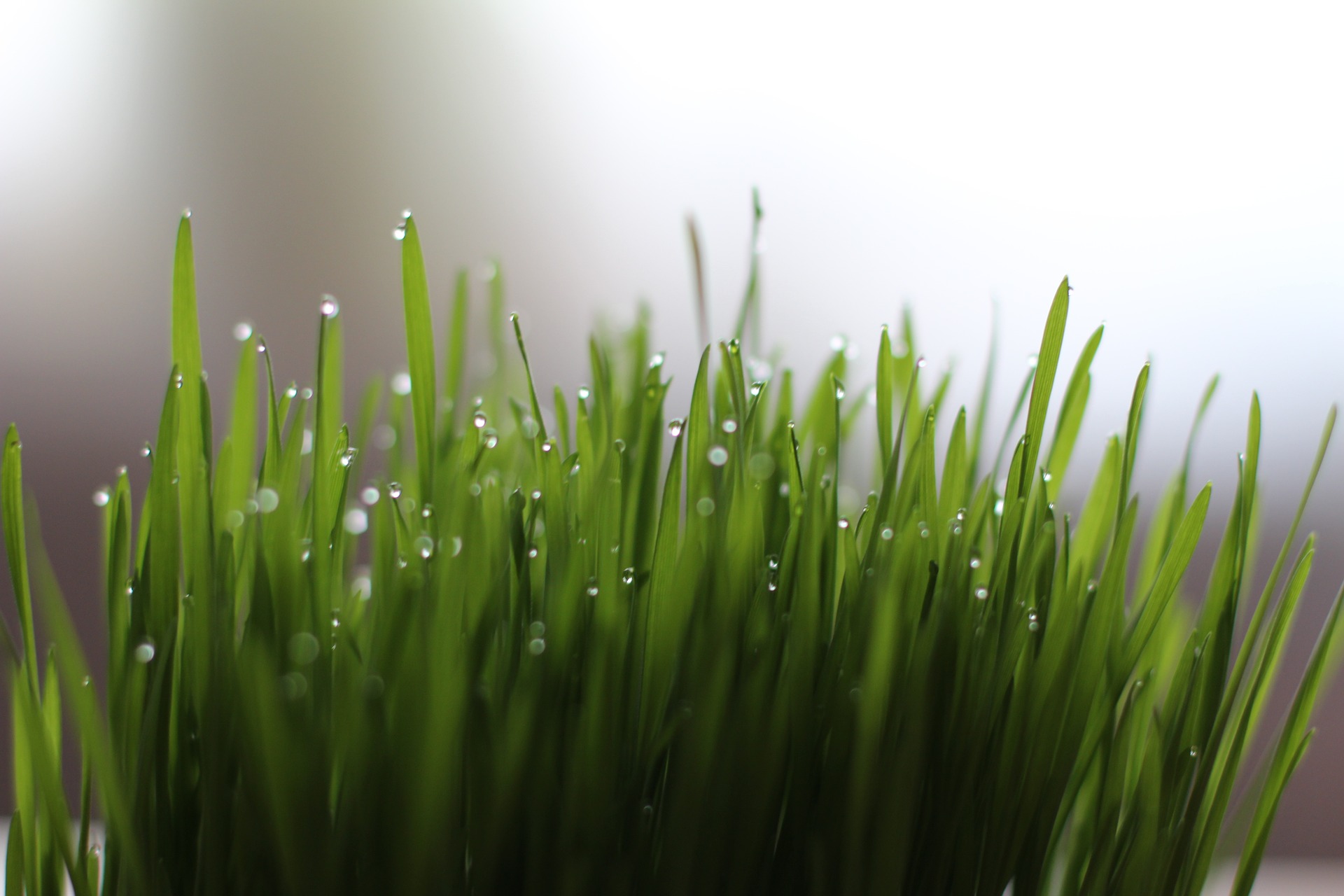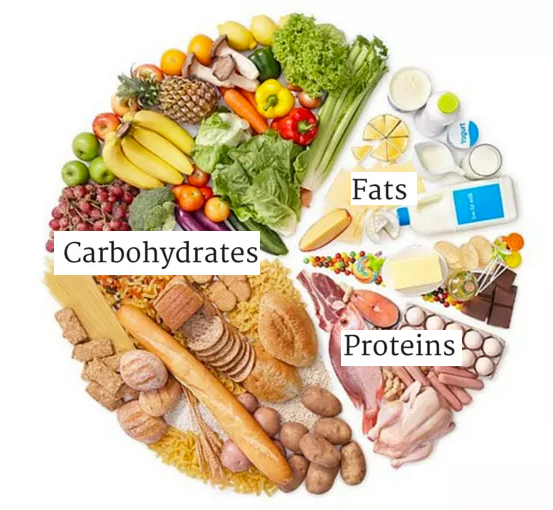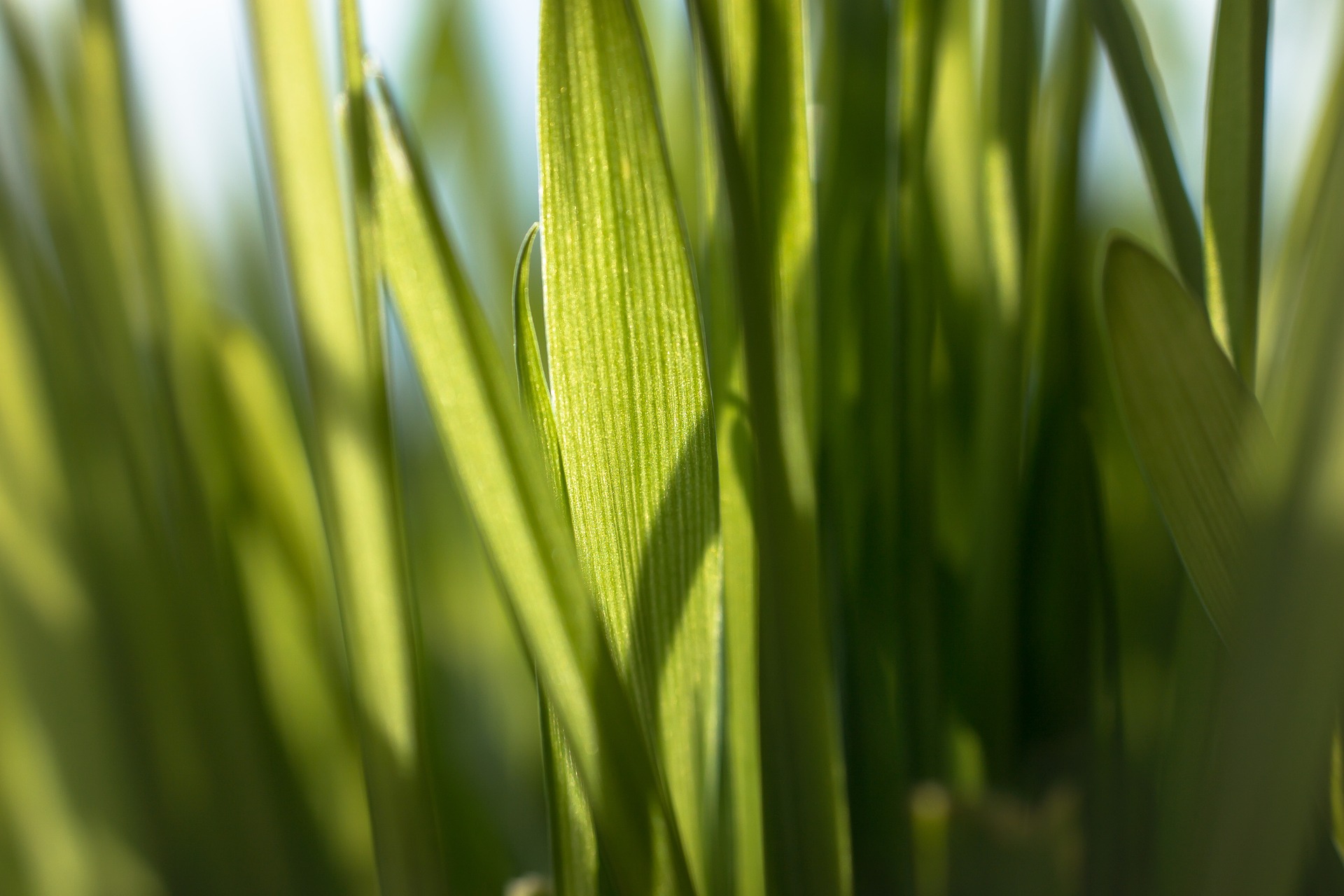Wheatgrass Facts
-
Why can’t we eat wheatgrass in its natural state?
Cows and other animals that graze on grass have short intestines. Cows have four stomachs so they can chew, digest, regurgitate and then chew the grass again to break it down. Humans only have one stomach and our long complex intestines is not suited to digest the very woody and fibrous wheatgrass when we eat it. You can however chew wheatgrass and still get results, as long as you don’t swallow the fibre. Its best to chew on it to get the great juice and then eject from your mouth. Wheatgrass is available in different forms that we can digest. Wheatgrass powder can be blended with water or fresh juices…
-
MACRO Nutrient Rich Wheatgrass
Wheatgrass contains a broad range of nutrients. Our bodies co-ordinates endless biochemical reactions that create and maintain life. These processes are characterized by changing a molecule from one substance into another. This is how the body converts the foods we eat into things like bone, ligaments, finger nails, hair and tissue. Each process requires a precise combination of nutrients to function properly. Those that are needed in large amounts are called macronutrients. There are three macronutrients required by humans: carbohydrates (sugar), lipids (fats), and proteins. Each of these macronutrients provides energy in the form of calories. Protein is an important component of every cell in our bodies. Hair and nails are mostly…
-
We are not plants….why do we need chlorophyll?
Famous researcher Dr. Max Oskar Bircher called chlorophyll “concentrated sun power” Chlorophyll is a green pigment found in plants that allow them to absorb sunlight. Plants use chlorophyll and light to make food. It can be extracted from many plants, but wheatgrass is composed of as much as 70-percent chlorophyll. Chlorophyll is at its highest levels in very fresh plant material. We use chlorophyll as medicine as it contributes to our health and well-being. Uses and benefits of chlorophyll Anti-inflamitory – reducing swelling & pain Purifies blood – as it has a similar molecular structure to hemoglobin – a component of blood Constipation – it improves digestion Detoxification – it…
-
Wheatgrass & Gluten
Even though it is sprouted from the wheatberry and its origin is wheat, the young blade of grass is gluten free. The seed kernel of the grass is what contains the gluten and is not pressed when juicing. Wheatgrass is gluten-free and therefore not likely to cause an adverse reaction. Wheatgrass is generally considered safe for those with celiac disease or have a sensitivity to gluten. However, it’s always best to consult your doctor if unsure of anything new you add to your diet.






